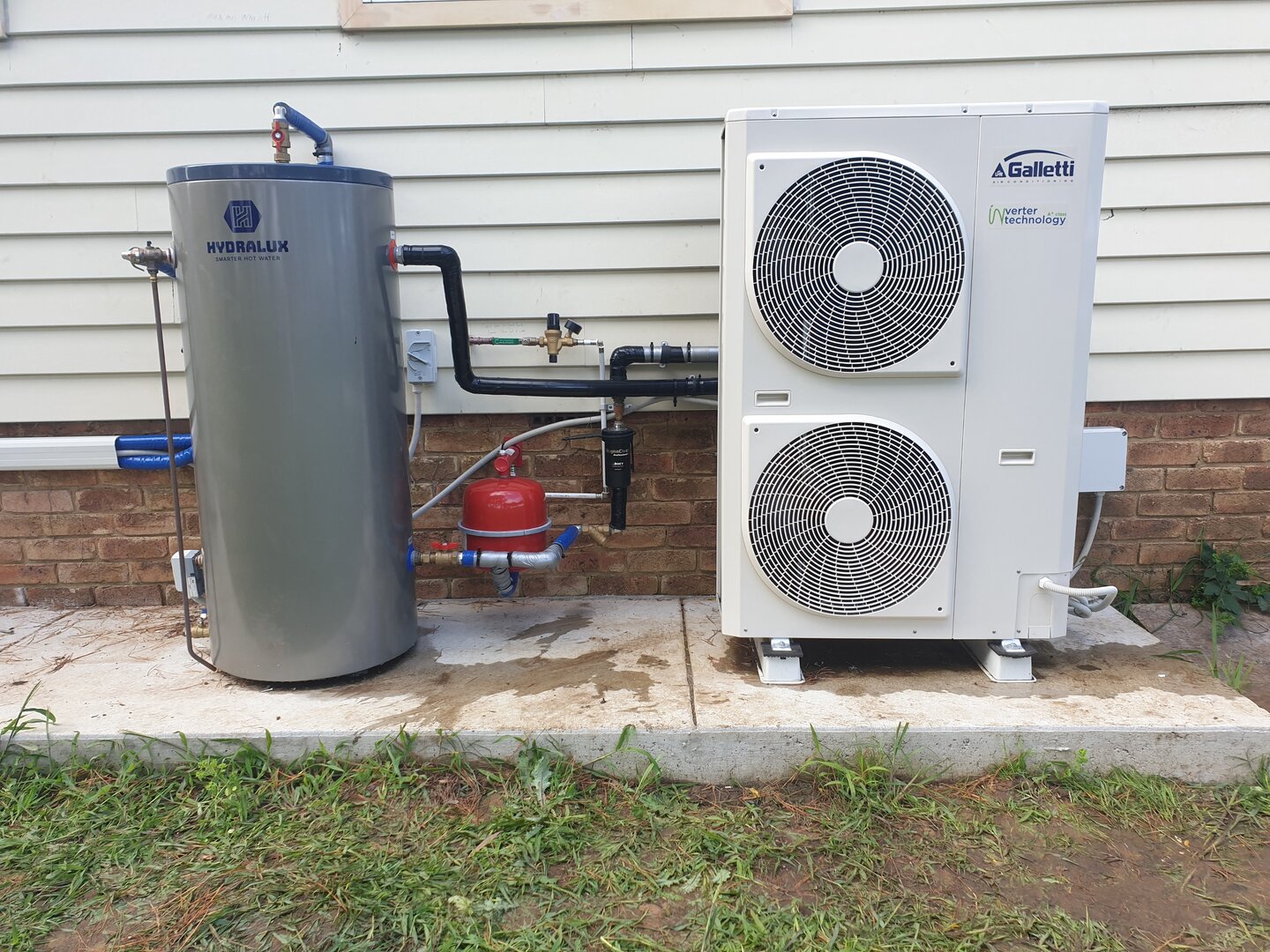Has your designer specified a buffer tank between your heat pump and the heating system? Here’s why it’s necessary.
Firstly, let’s consider a boiler supplying an underfloor heating system. There will be any number of thermostats controlling heating to the different zones. When any of the thermostats comes on, they open the appropriate valves and switch on the boiler. The boiler can start instantly and be up to operating temperature within a few minutes or so.
A heat pump is a different beast. The operating life of the heat pump is measured in compressor starts. It’s stopping and starting, and not continuous operation that wears out a heat pump. So when we’re designing a heat pump system, we have to take that into consideration and design the heating system to minimise compressor starts.
The easiest way is to separate the heat pump from the rest of the heating system by installing a buffer tank next to the heat pump. The heat pump itself is controlled by a thermostat in the tank, which is set to the supply temperature for the floor (eg, 45°C). If the tank cools down too much the heat pump comes on and reheats the tank.
The thermostats in your home are not connected to the heat pump at all. Instead they control a set of circulating pumps that draw from the tank. When a manifold needs warm water supplied to a heating zone, it activates the appropriate pump and brings water out of the tank.
So all the zones ‘assume’ that there’s always warm water available in the tank, and the tank (rather than the heat pump) is the heat source for all intents and purposes.
This is the simplest method to minimise compressor starts and results in much lower maintenance. While there’s some extra cost for the buffer tank, you’ll save money with a much simpler control system and your (expensive) heat pump will last much longer.

A hydronic heat pump and 200 litre buffer tank installed on an underfloor heating system by Luxury Heating & Cooling.

